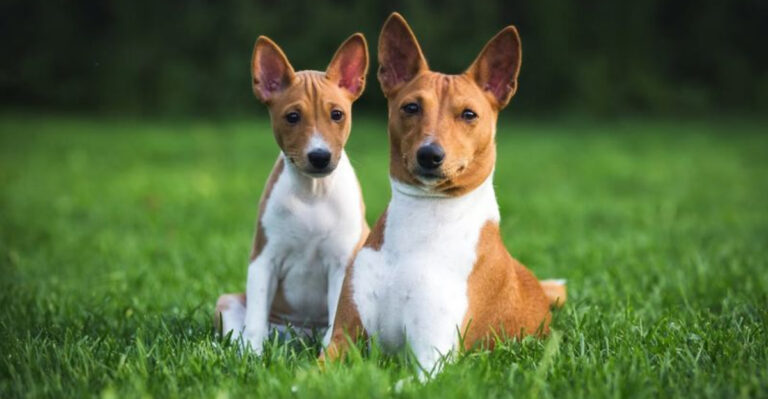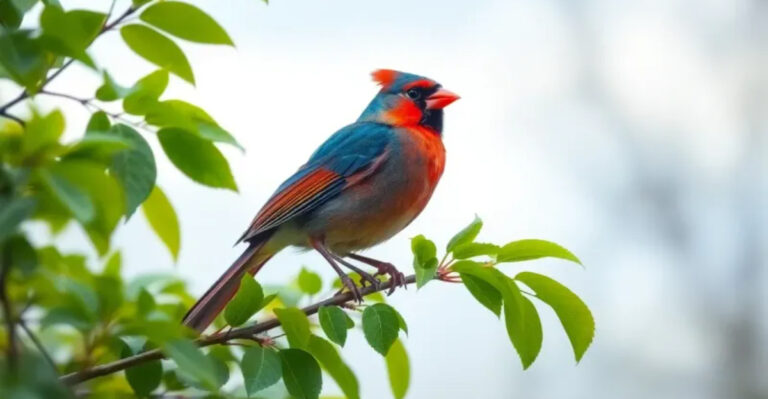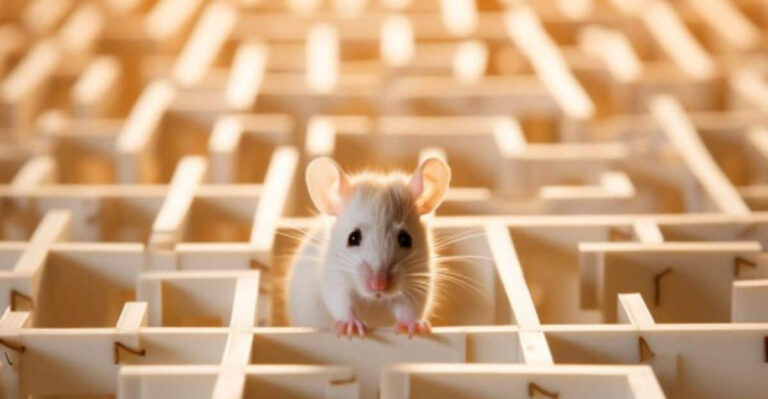7 Animals That Evolved To Hunt Humans (And 7 That Would Love To Befriend You Instead)

Ever wondered which creatures see humans as prey rather than friends? Throughout evolution, certain animals have developed hunting strategies specifically targeting humans, while others have formed remarkable bonds with us.
From stealthy predators lurking in murky waters to intelligent species that recognize and remember human faces, the animal kingdom offers fascinating examples of both threats and friendships.
1. Nile Crocodile: Ancient Ambush Specialists
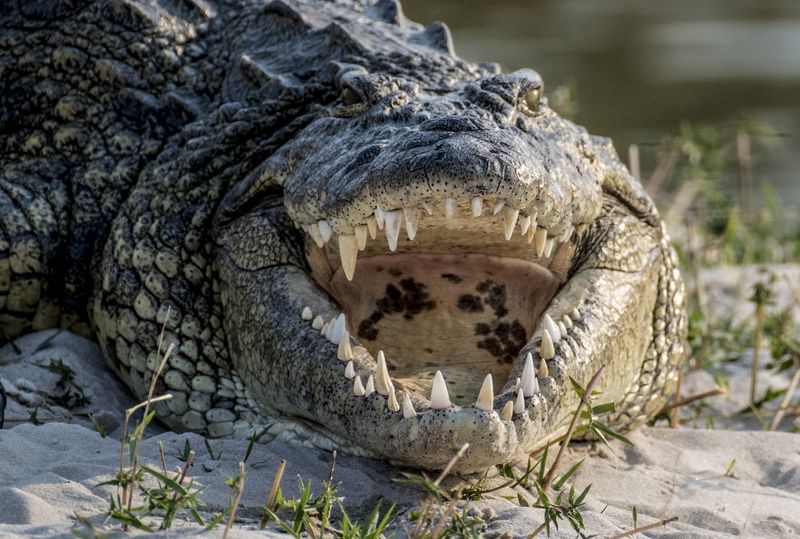
Masters of patience, Nile crocodiles have terrorized riverside communities for thousands of years. These prehistoric predators actually remember human patterns and behaviors, allowing them to predict when people will visit water sources.
Their attacks aren’t random—they’re calculated. With powerful jaws exerting 5,000 pounds of pressure, they drag victims underwater in a deadly ‘death roll.’ Villages across Africa have documented generations of human-hunting crocs that specifically target people.
2. Saltwater Crocodile: The Ultimate Apex Predator

Nicknamed ‘salties,’ these massive reptiles actively pursue human prey across vast territories. Growing up to 23 feet long, they’re responsible for hundreds of attacks annually across Southeast Asia and Australia. Unlike their Nile cousins, saltwater crocodiles will travel miles through ocean waters tracking human movements.
They possess remarkable memory, often returning to areas where they’ve successfully hunted people before. Some individual crocs have been documented developing a preference for human flesh over traditional prey.
3. Man-Eating Lions: The Tsavo Terrors
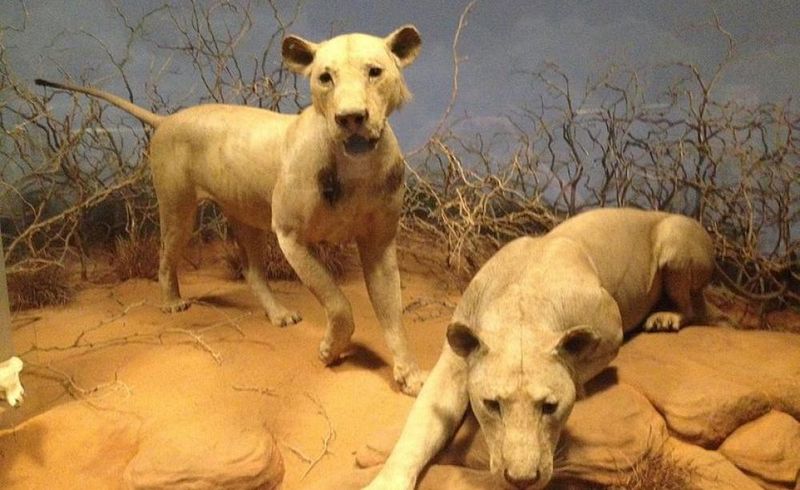
The infamous ‘Ghost and Darkness’ lions of Tsavo, Kenya devoured over 30 railway workers in 1898. Scientists discovered these lions had dental issues that made hunting humans easier than their natural prey. Today’s lion populations occasionally develop similar preferences.
In Tanzania’s Rufiji River region, several prides specialize in nighttime village raids. Male lions typically hunt humans, contrary to normal lion behavior where females do most hunting. Human flesh requires less energy to obtain than zebra or wildebeest.
4. Leopards: Silent Stalkers Of The Night
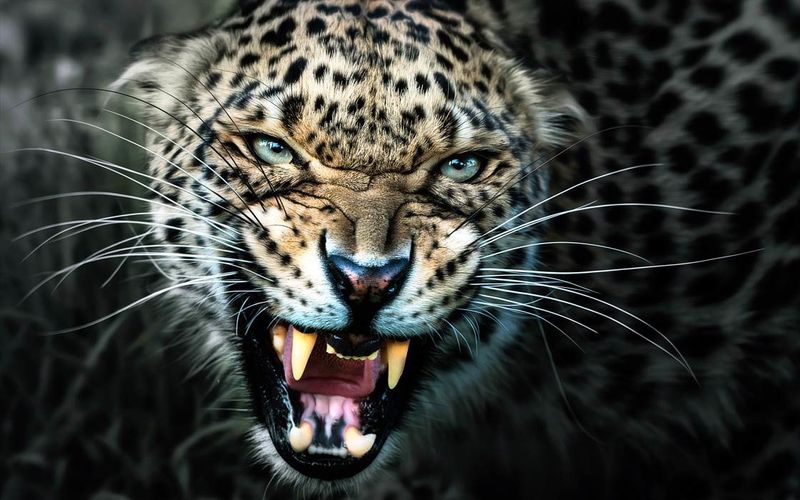
Pound for pound, leopards rank among the most efficient human hunters. In India’s Rudraprayag region, a single leopard claimed over 125 human lives before being stopped. These solitary cats learn that humans are slower and easier to kill than deer or monkeys.
Once a leopard begins targeting people, it rarely returns to natural prey. Their incredible strength allows them to drag adult human bodies into trees for later consumption. Victims rarely hear or see the attack coming.
5. Spotted Hyenas: Opportunistic Pack Hunters

Far more than mere scavengers, spotted hyenas have evolved sophisticated pack hunting tactics specifically for human prey. In parts of Ethiopia and Somalia, hyena clans regularly raid villages during drought seasons.
Their powerful jaws crush bones with ease, leaving little evidence behind. What makes hyenas particularly dangerous is their intelligence—they test village defenses repeatedly, learning patterns and weaknesses.
They’ve been documented digging under walls and creating diversions to separate vulnerable humans from groups.
6. Polar Bears: Arctic Human Trackers

Unlike most bears that attack defensively, polar bears actively hunt humans as prey. Climate change has worsened this behavior as their traditional seal hunting grounds disappear.
Indigenous Arctic communities have documented polar bears stalking humans for miles across ice and tundra.
Their incredible sense of smell detects human presence from over 20 miles away. With no natural fear of humans, they approach settlements deliberately seeking food. They’re one of few animals that will track humans persistently.
7. Tiger Sharks: The Garbage Cans Of The Sea

Nicknamed for their indiscriminate appetite, tiger sharks have evolved to recognize human swimming patterns as hunting opportunities. Unlike great whites that often ‘sample’ humans before retreating, tiger sharks commit to the attack.
Their serrated teeth easily slice through bone and tissue. Hawaii’s tiger shark population shows particular interest in human prey, with documented cases of sharks following specific beach patrol schedules.
They’ve learned to associate splashing with potential meals. Their hunting territories often overlap with popular swimming areas.
8. Bonobos: Our Peace-Loving Cousins
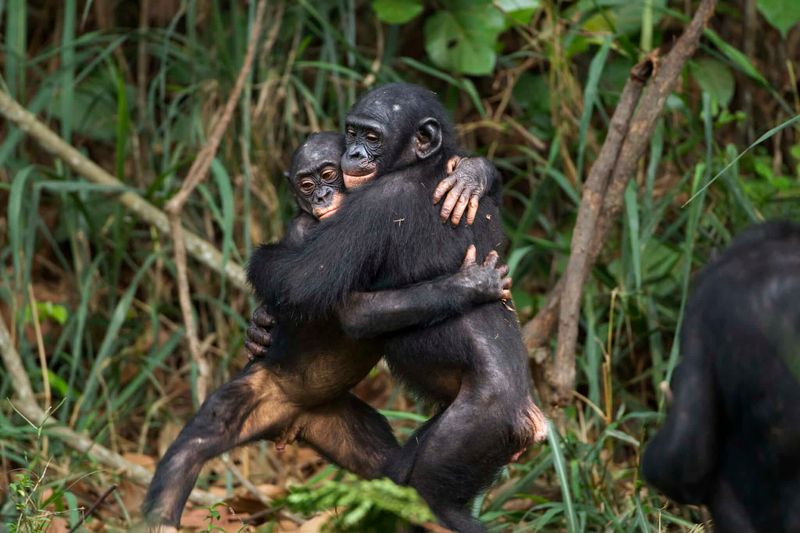
Sharing 98.7% of our DNA, bonobos represent the gentler side of primate evolution. Unlike chimpanzees, they resolve conflicts through affection rather than aggression. When interacting with humans in rehabilitation centers, bonobos quickly form deep emotional bonds.
They remember caregivers for decades and show genuine concern when humans are distressed. Research shows they’ll voluntarily share food with human strangers without expectation of reward.
They communicate through hundreds of expressions humans can learn to understand.
9. Dolphins: Marine Guardians And Playmates
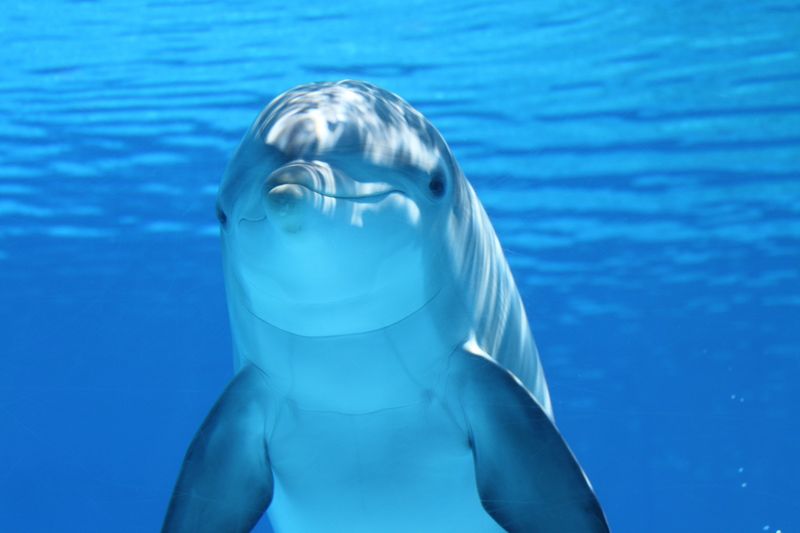
For centuries, sailors have documented dolphins protecting humans from sharks and guiding lost ships to shore. Modern science confirms these weren’t just tall tales.
Dolphins recognize individual humans, remembering faces and voices for years. They’ll approach familiar swimmers with obvious excitement.
Their sophisticated brains process social interactions similarly to ours, forming genuine attachments. In Brazil, wild dolphins have collaborated with local fishermen for generations, herding fish toward waiting nets.
10. Crows: The Feathered Gift-Givers
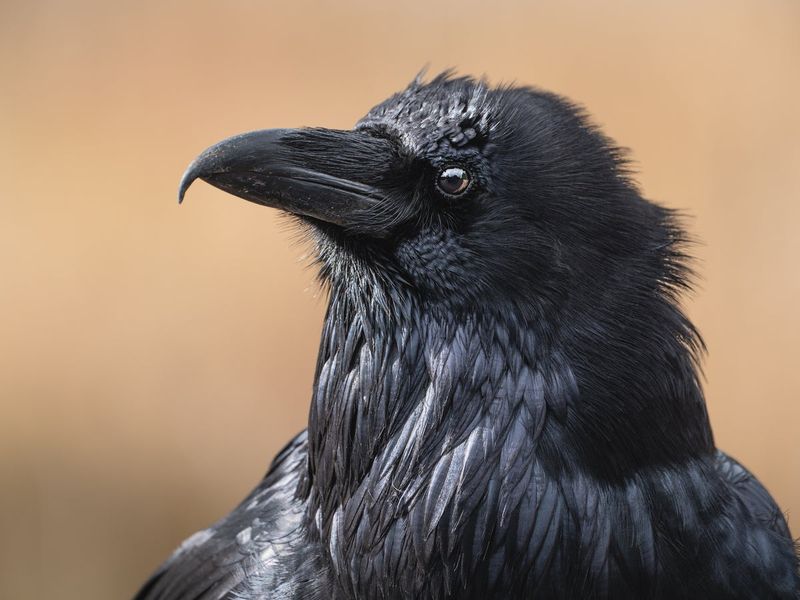
These remarkable birds recognize individual human faces and remember them for years. Crows that form bonds with specific people bring trinkets – coins, colorful glass, even lost jewelry—as apparent gifts.
Seattle wildlife researchers documented one girl receiving over 70 crow gifts after regularly feeding a local family of crows.
Their intelligence rivals that of great apes, with problem-solving abilities that allow them to understand human intentions. They’ll warn humans they trust about potential dangers.
11. Elephants: Gentle Giants With Long Memories
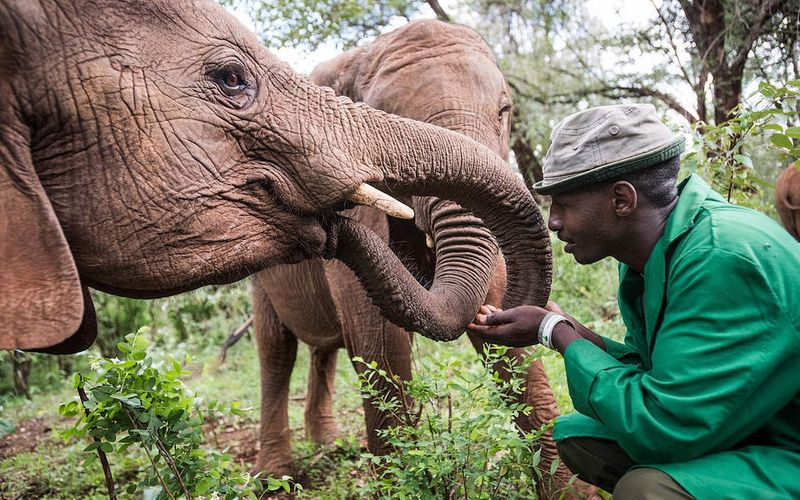
Elephants form some of the most profound cross-species bonds with humans. Their emotional intelligence allows them to sense human distress and respond with comforting behaviors. Rescued elephants often maintain lifelong relationships with their caretakers, recognizing them after decades of separation.
In Thailand, an elephant named Plai Thang recognized a veterinarian who treated him 12 years earlier, immediately extending his trunk in greeting. They mourn human deaths just as they do their own kind.
12. Capybaras: Nature’s Zen Masters
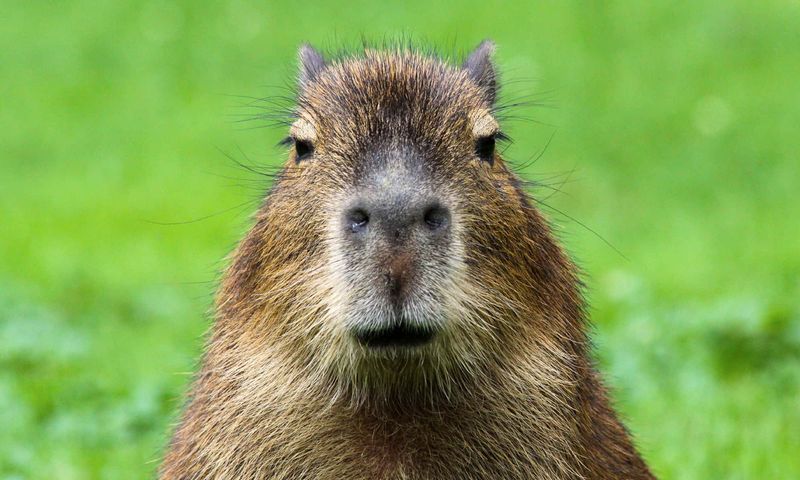
Known as nature’s most chill animals, capybaras possess an unusual ability to form friendships with virtually any species, humans included. These giant rodents produce relaxation hormones that actually affect creatures around them.
Wildlife sanctuaries report capybaras willingly approaching new human caretakers within days of arrival. Their calm demeanor makes them natural mediators in multi-species environments. They show particular gentleness with children, allowing handling that would stress most wild animals.
13. Rats: Misunderstood Pocket Geniuses

Far from the vermin stereotype, domesticated rats form deep emotional attachments with their human companions. These pocket-sized Einsteins recognize their names, come when called, and show genuine excitement when their favorite person enters the room.
They’re empathetic too – studies show rats will free trapped companions even when it means sharing food rewards. Remarkably, they dream about solving puzzles and remember human faces for their entire lives. They can even be trained to detect tuberculosis and landmines.
14. Wolves: The Original Human Allies
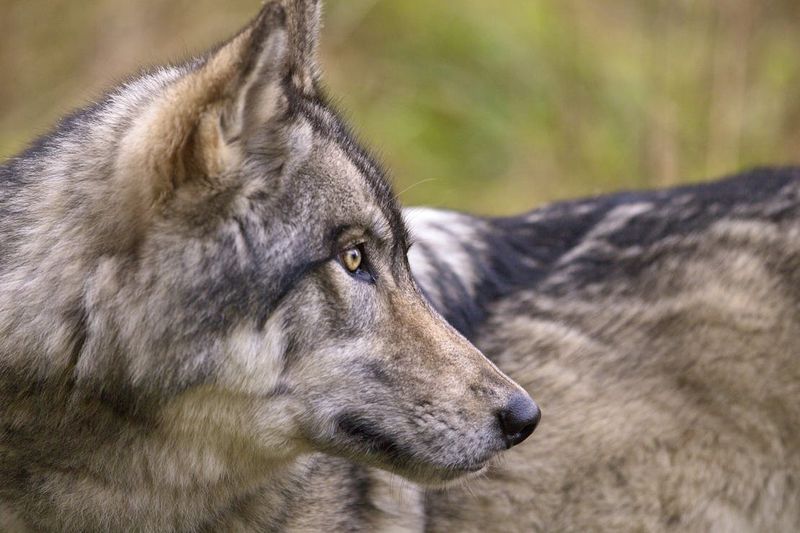
Before becoming dogs, wolves formed the first documented interspecies hunting partnerships with humans. Modern wolf researchers discover similar potential for connection.
Unlike media portrayals, wild wolves typically avoid humans rather than confronting them. Wolves raised with regular human contact develop distinct relationships with specific people, remembering them for life.
At wolf conservation centers, wolves select favorite caretakers, greeting them with enthusiasm not shown to others. They understand human pointing gestures better than most primates.

